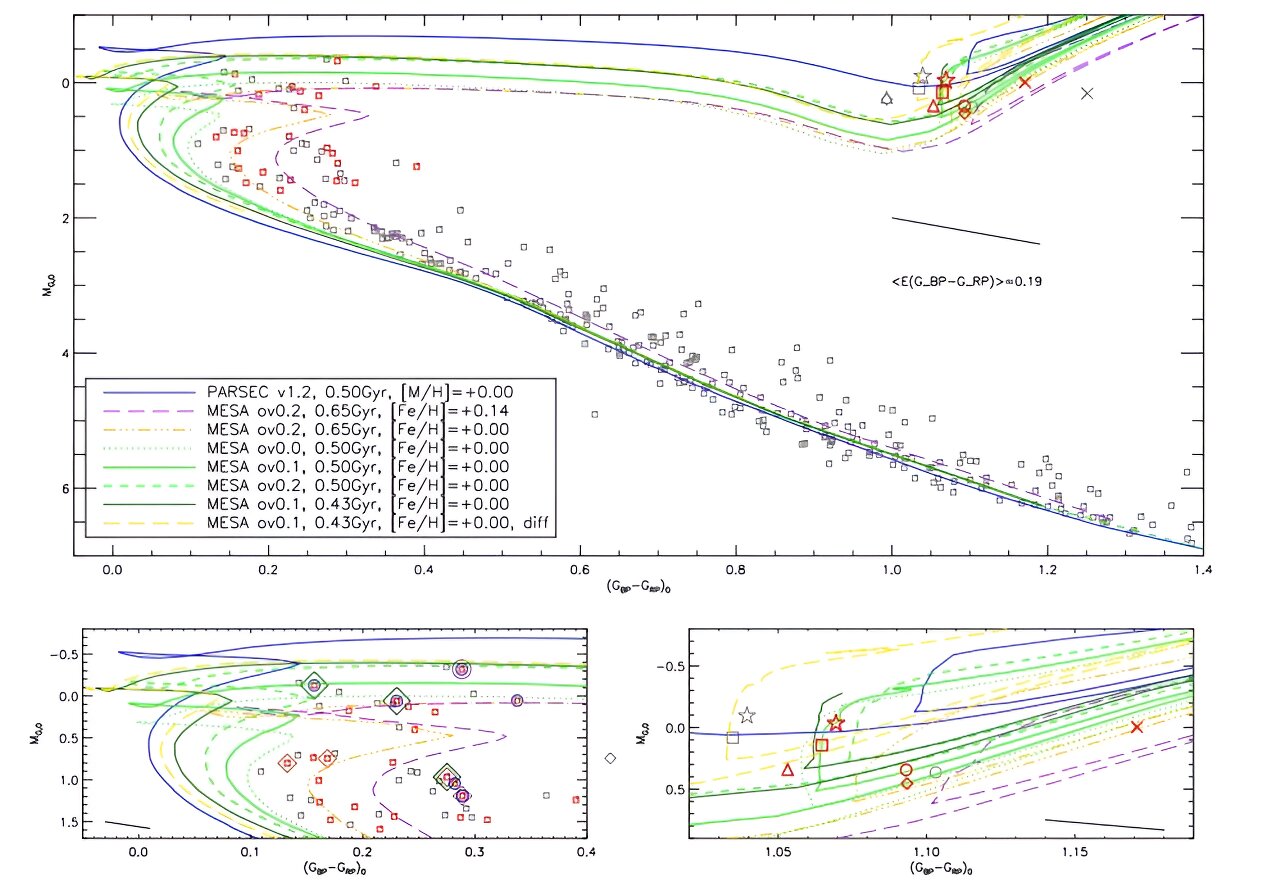Using NASA’s Kepler and ESA’s Gaia spacecraft, an international team of astronomers has conducted an astroseismic investigation of six giant stars in the open cluster NGC 6866. The study, presented August 24 on the pre-print server arXiv, sheds more light on the properties of these giant stars and the cluster itself.
Open clusters (OCs), formed from the same giant molecular cloud, are groups of stars loosely gravitationally bound to each other. So far, more than 1,000 of them have been discovered in the Milky Way, and scientists are still looking for more, hoping to find a variety of these stellar groupings. Expanding the list of known galactic open clusters and studying them in detail could be crucial for improving our understanding of the formation and evolution of our galaxy.
Discovered in 1783, NGC 6866 (also known as OCL 183) is a relatively young (estimated to to be between 480 and 780 million years old) OC in the constellation Cygnus, at a distance of about 3,900 light years away. However, although the cluster is known for more than two centuries, many of its properties, including age are still uncertain.
That is why a group of astronomers led by Karsten Brogaard of the University of Bologna in Italy, decided to identify and investigate oscillating giant members of the open cluster NGC 6866, using them to constrain cluster properties. For this purpose, they analyzed the results from Gaia’s Data Release 3 (DR3) and photometric light curves from the Kepler spacecraft.
“We identify six giant members of NGC 6866 via photometry, proper motions, and parallaxes from Gaia and spectroscopic literature measurements. These are combined with asteroseismic measurements which we derive using photometric data from the Kepler mission for five of the stars,” the researchers explained.
2023-09-04 11:24:02
Original from phys.org
